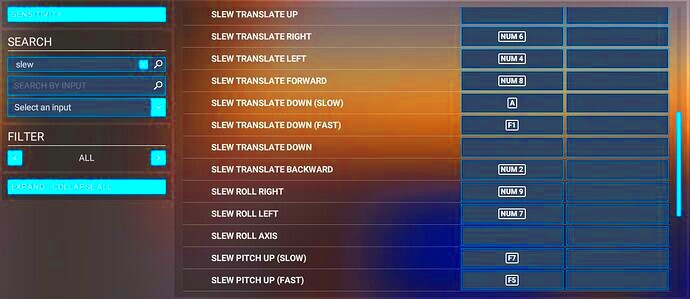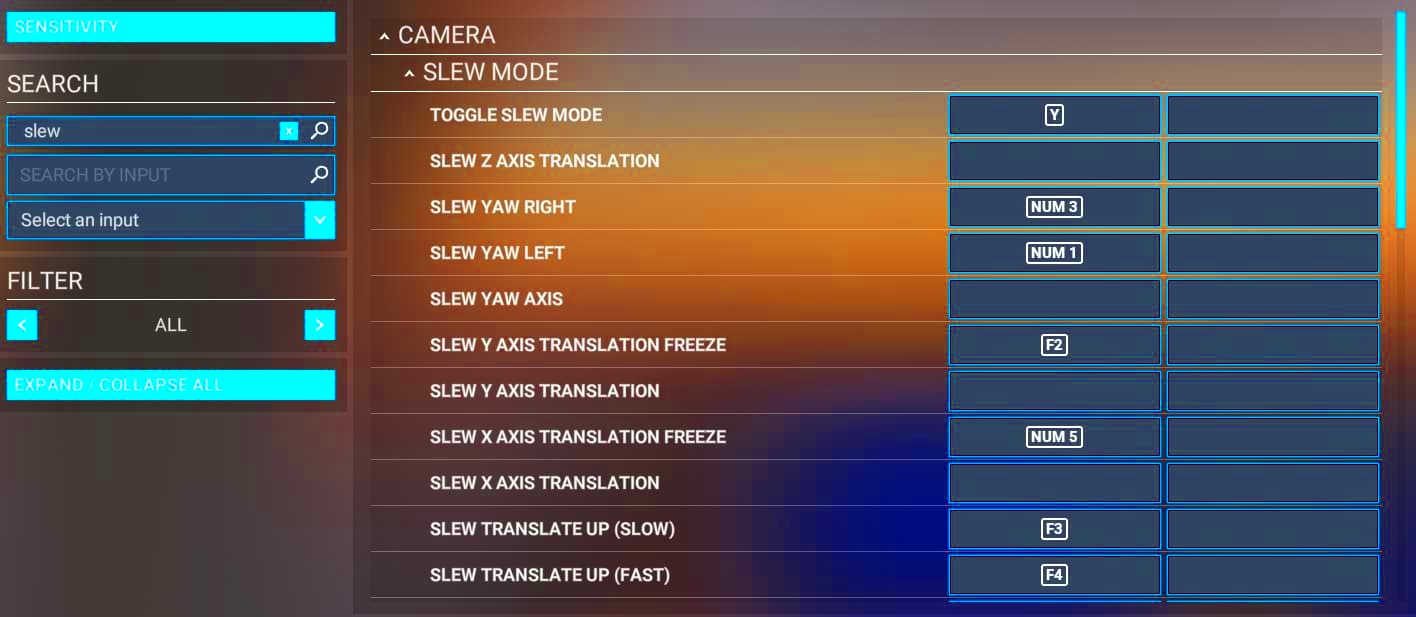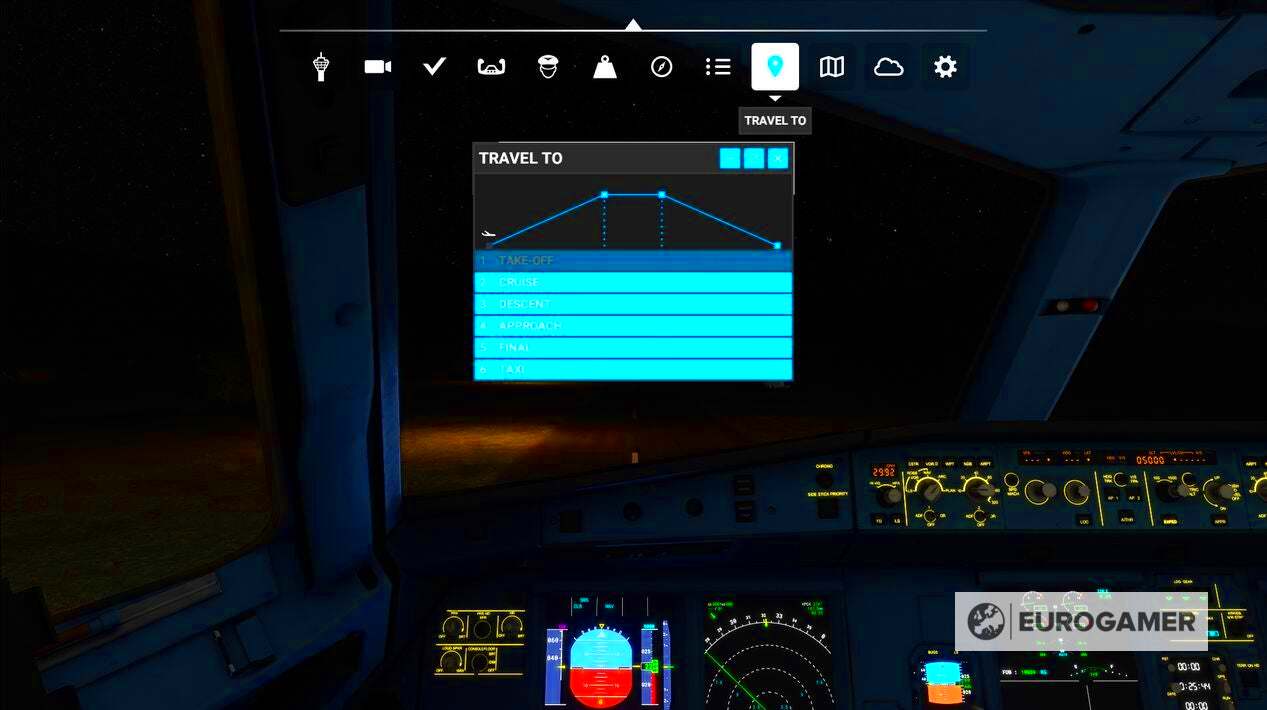Have you ever wanted to skip the parts of a long flight in
Microsoft Flight Simulator? Well, Time Warp is here to save the day. With this feature you can fast forward time and make those long journeys a lot easier. Picture this you’re on a flight from New Delhi to Mumbai and instead of enduring every single moment of the trip you can speed things up and reach your destination quicker.It’s a game changer for those who prefer to focus on the fun aspects of flying without the hassle of waiting. Lets explore how this feature can enhance your simulation experience.
Understanding the Concept of Time Acceleration

Time acceleration is a handy tool that lets you control how fast time moves in your flight simulation. Its like having a remote to fast forward or rewind the clock in the game. Here’s a breakdown of how it functions.
- Speeding Up Time: This increases the rate at which time passes, so a flight that would normally take several hours can be completed in just a few minutes. Perfect for those long-haul flights that test your patience.
- Slowing Down Time: Conversely, you can slow down time to savor the flying experience. This is useful for taking in the scenery or for more precise maneuvers during complex flying conditions.
- Real-Time Simulation: If you prefer a more realistic experience, you can choose to run the simulation in real-time, which is the default setting.
You have the option to customize your flying experience by tweaking the time settings to suit your own timetable and preferences. Whether you prefer a short jaunt or an epic journey knowing how to speed up time can enhance your flights making them more enjoyable and less monotonous.
How to Activate Time Warp in Microsoft Flight Simulator

Enabling Time Warp in
Microsoft Flight Simulator is a breeze once you find the right spot. Heres a quick walkthrough to help you kick things off.
- Open the Simulation Menu: Start by accessing the in-game menu. You can do this by pressing the “Esc” key or clicking on the menu icon in the cockpit.
- Navigate to Time Controls: Look for the “Time” or “Simulation” tab within the menu. This is where you’ll find the time acceleration settings.
- Select Your Desired Time Speed: You’ll see options ranging from “Fast Forward” to “Pause”. Choose the speed that best suits your needs. For a faster journey, select a higher acceleration rate.
- Apply and Monitor: Once you’ve set your desired time warp speed, apply the changes. Keep an eye on the simulation to ensure everything is running as expected.
Try out various options to see what suits you best. It’s similar to tweaking the sound on a song you love, if it’s cranked up too much it can be intense and if it’s too soft you might hardly hear it. Time Warp lets you strike that sweet spot, making sure your flying experience is pleasant and effective.
Practical Scenarios for Using Time Warp

Time Warp is an amazing tool that can come in handy in many situations. Whether you’re an experienced pilot or just flying for fun there are numerous situations where fast forwarding time can improve your journey. Here are a few examples, where this feature really stands out.
- Long-Haul Flights: Imagine embarking on a journey from Delhi to London. With a flight duration that can stretch over 8 hours, Time Warp allows you to bypass the tedium of a prolonged journey. Speed up the time to make the trip shorter and more enjoyable, or slow it down if you wish to appreciate the virtual landscapes.
- Testing Flight Scenarios: If you’re experimenting with different weather conditions or flight setups, Time Warp can help you see the outcomes more quickly. For instance, testing how your aircraft handles turbulent weather can be accelerated by speeding up time.
- Learning and Training: For new pilots learning the ropes, Time Warp can be useful in practice sessions. You can quickly simulate different phases of a flight, such as takeoff, cruising, and landing, without waiting for real-time progression.
In all these situations the adaptability of Time Warp can enhance your flying experience adding a touch to suit your preferences.
Benefits and Drawbacks of Speeding Up Time
Similar to any aspect Time Warp has its pros and cons. Being aware of these can assist you in maximizing the benefits of this feature while steering clear of potential drawbacks. Heres a perspective.
Benefits
- Efficiency: Speeding up time can significantly reduce the duration of long flights, saving you from spending hours in front of your screen. It’s perfect for those who want to enjoy the thrill of flying without the lengthy wait.
- Flexibility: You can easily adjust the time settings to match your schedule. Whether you want a quick flight or a detailed simulation, Time Warp offers flexibility to fit your needs.
- Enhanced Focus: By speeding up time, you can focus more on critical phases of flight or specific training objectives, rather than getting bogged down by the routine aspects.
Drawbacks
- Loss of Detail: Accelerating time might cause you to miss out on important details or changes in the environment. This can be particularly problematic if you’re trying to observe subtle aspects of the simulation.
- Potential Disorientation: Rapid time changes can sometimes make it challenging to keep track of your flight’s progress, leading to possible disorientation or confusion.
- Over-Reliance: Relying too heavily on Time Warp might affect your ability to handle long flights in real-time. It’s essential to strike a balance and use the feature judiciously.
Weighing the pros and cons of Time Warp will assist you in utilizing it wisely, making sure it enriches your flight simulation experience instead of taking away from it.
Common Mistakes to Avoid While Using Time Warp
To make the most of Time Warp you need to be careful. It’s a tool but there are some common traps that can ruin your experience if you’re not cautious. Here are a few missteps to steer clear of;
- Over-Acceleration: It’s tempting to crank up the time warp speed to the maximum, but doing so can lead to a chaotic simulation experience. You might miss critical changes in weather or terrain, leading to an unrealistic flight.
- Ignoring Flight Phases: Speeding through different phases of a flight, like takeoff or landing, without proper attention can lead to poor handling or missed procedures. Ensure that you maintain a realistic approach to key flight stages.
- Neglecting System Checks: During accelerated time, it’s easy to overlook important system checks or updates. Make sure you still monitor your aircraft’s instruments and systems, even when time is moving quickly.
- Forgetting to Adjust Time Warp Settings: Sometimes, you might forget to adjust the time warp settings back to normal after speeding through a phase. This oversight can lead to unexpected results or difficulties in resuming real-time simulation.
By being aware of these errors you can utilize Time Warp in a way and improve your overall simulation experience. Keep in mind that the objective is to make your flights smoother and more efficient rather than adding extra obstacles.
FAQ: Time Warp in Microsoft Flight Simulator
Using the Time Warp feature in
Microsoft Flight Simulator can be a challenge, especially for beginners. To help clear up any confusion here are answers to some commonly asked questions.
What is Time Warp?
- Time Warp is a feature in Microsoft Flight Simulator that allows you to speed up or slow down the passage of time during your flights. It’s particularly useful for managing long journeys or experimenting with different flight scenarios.
How do I activate Time Warp?
- To activate Time Warp, access the in-game menu by pressing the “Esc” key or clicking the menu icon. Navigate to the “Time” or “Simulation” tab and choose your desired time speed from the available options.
Can I use Time Warp during all phases of flight?
- Yes, you can use Time Warp during any phase of your flight, whether you’re cruising, landing, or taking off. However, it’s important to be cautious and monitor your aircraft closely to avoid potential issues.
Will using Time Warp affect the realism of the simulation?
- While Time Warp can make flights more manageable, it might reduce the level of detail you experience. It’s best used when you’re comfortable with the simulation and want to bypass long stretches of routine flying.
Are there any risks associated with using Time Warp?
- The primary risk is missing out on crucial details or becoming disoriented due to rapid changes in time. Ensure you’re familiar with your aircraft and surroundings before using Time Warp extensively.
These frequently asked questions are here to assist you in understanding how to make the most of Time Warp. If you have inquiries delving into the feature and exploring community forums can offer valuable perspectives.
Final Thoughts on Using Time Warp Effectively
Time Warp is a feature in
Microsoft Flight Simulator that enhances your flying experience by offering flexibility and enjoyment. When used judiciously it can help you shorten flights and concentrate on the elements of flying that bring you joy. Just keep in mind to strike a balance between speed and realism and feel free to tweak your settings to suit your preferences. Consider this function as a tool rather, than a dependency and you'll discover that it greatly enriches your simulation journeys.
 Time acceleration is a handy tool that lets you control how fast time moves in your flight simulation. Its like having a remote to fast forward or rewind the clock in the game. Here’s a breakdown of how it functions.
Time acceleration is a handy tool that lets you control how fast time moves in your flight simulation. Its like having a remote to fast forward or rewind the clock in the game. Here’s a breakdown of how it functions. Enabling Time Warp in Microsoft Flight Simulator is a breeze once you find the right spot. Heres a quick walkthrough to help you kick things off.
Enabling Time Warp in Microsoft Flight Simulator is a breeze once you find the right spot. Heres a quick walkthrough to help you kick things off. Time Warp is an amazing tool that can come in handy in many situations. Whether you’re an experienced pilot or just flying for fun there are numerous situations where fast forwarding time can improve your journey. Here are a few examples, where this feature really stands out.
Time Warp is an amazing tool that can come in handy in many situations. Whether you’re an experienced pilot or just flying for fun there are numerous situations where fast forwarding time can improve your journey. Here are a few examples, where this feature really stands out.
 admin
admin








